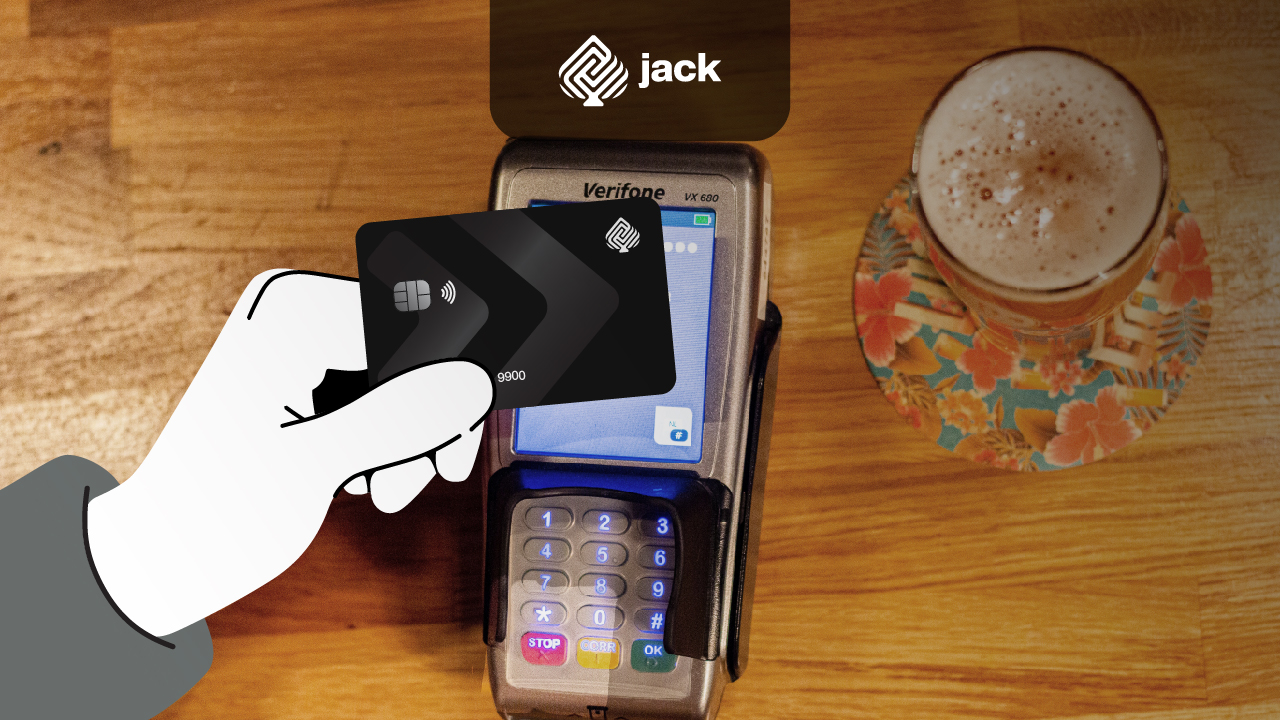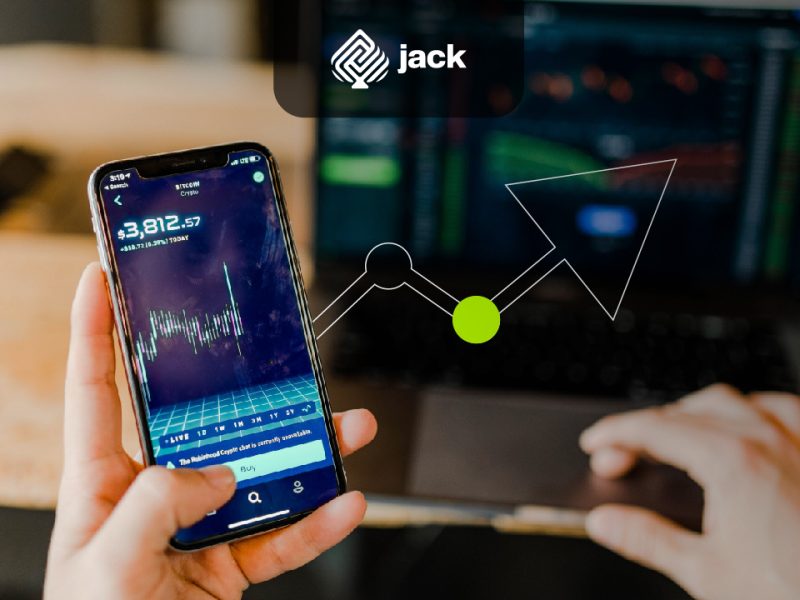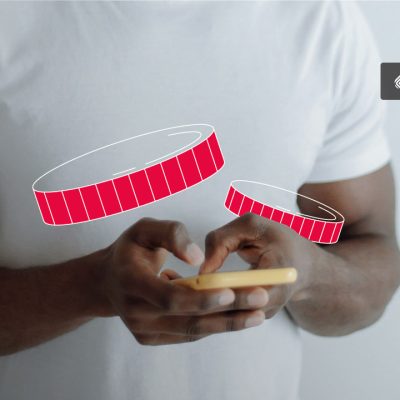For businesses that handle various products and work with multiple suppliers, a purchase order is a crucial document. This document can protect the rights and obligations as agreed upon between the two parties.
So, what are the important benefits of a purchase order for companies? Let’s explore further, starting from the definition, benefits, how it works, to tips for creating an effective purchase order.
Definition of Purchase Order

According to Spendesk, a purchase order (PO) is a document used by a company to order goods or services from a supplier. The document is initiated by the buyer.
Fundamentally, a PO contains details about the ordered goods or services, including quantity, price, delivery requirements, and payment terms.
Once the buyer and supplier have signed the purchase order document, the agreement between the two parties becomes legally binding. Therefore, the PO document holds legal power as evidence in case of any violations.

Types of Purchase Order
As an agreement document between a buyer and a supplier, a PO can be created in several types:
1. Standard Purchase Order (PO)
The first type, a standard PO, is the most commonly used. This type of PO requires more specific information compared to the other three types, as it is generally used for one-time orders or not for long-term contract orders.
For example, if a company is purchasing office furniture, a standard PO will be used. Since furniture is not likely to be replaced in the near future, the supplier will provide the items for a single delivery.
2. Planned Purchase Order (PPO)
A PPO, or planned purchase order, includes the same level of detailed information as a standard PO, but the delivery date and location are not yet determined. Usually, the delivery time is estimated, such as between June 1 – 10, 2023.
Companies use PPOs to order items that need restocking within a specific time frame. Therefore, a PPO serves as a reference for the supplier to anticipate future orders.
3. Blanket Purchase Order (BPO)
A BPO is sometimes referred to as a “standing order.” This type of PO serves as an agreement document between the buyer and the supplier where the quantity of the order is not specified. However, the delivery details, such as location and time, are determined.
A business can use a BPO to order items such as printer paper. The quantity for subsequent orders may be difficult to predict as the stock of paper may not be depleted in the same amount for each usage period.
In such situations, a business can prepare a BPO document. However, because the supplier may not be able to fulfill the order quantity due to uncertainties, purchasing with a BPO mechanism usually imposes a maximum limit on the quantity that can be ordered.
4. Contract Purchase Order (CPO)
A CPO is ideally used for long-term collaborations, meaning this type of PO is suitable for businesses that already have established suppliers.
Compared to other types of POs, a CPO is the most flexible. Buyers and suppliers negotiate a series of terms, such as requesting a certain percentage of discounts. The content of a CPO is not detailed in terms of the list, quantity, price, or delivery dates. The only requirement is the legal terms between the two parties.
Reasons Why Purchase Order is Important for Companies
In the procurement process, the purchase order document is crucial and mandatory for the following reasons:
1. Minimizing the risk of errors
The use of POs helps to avoid order errors, incorrect deliveries, and excess inventory. These risks can be mitigated by ensuring that the PO document includes clear requirements and specifications of the goods or services.
Misinterpretation can occur when placing orders over the phone. Therefore, always use the purchase order document as a reference when making orders.
2. Increasing transparency
A purchase order provides transparency in the procurement process by providing detailed records of each purchase transaction. Details such as price, quantity, and product specifications are clearly documented in the PO, ensuring all parties involved have written clarity on the items to be delivered to the buyer.
3. Providing legal protection
As mentioned earlier, an agreement made with a purchase order document is legally binding. The PO serves as written evidence of the purchase agreement, including the purchase, price, and other terms, and can be used as a basis for resolving disputes.
4. Controlling expenses
Effective budget control is achieved with the use of purchase orders. This document helps allocate funds and restrict spending only to authorized orders, preventing unauthorized procurement. With clear written records for each order, companies can track expenses, monitor budgets, and avoid unplanned expenditures.
Difference Between Purchase Order and Invoice
A purchase order and an invoice are two different documents that are part of the same process. A PO is a document initiated by the buyer that clearly specifies the ordered goods, while an invoice is a billing document issued by the seller.
Therefore, these two documents are closely related. For example, if the finance team doubts the validity of an invoice, they can refer to the purchase order document to match the details.
The Process of Creating a Purchase Order
Given its legal significance, the creation of a purchase order document may involve a lengthy process, often requiring approval from multiple levels of management. Additionally, supplier evaluation can further lengthen the process.
Therefore, active participation from all stakeholders is necessary. What are the steps involved in creating this document?
1. Buyer identifies the items to be ordered
The company begins by identifying the items that need to be ordered from the supplier. The responsible staff then drafts the PO, including details such as product descriptions, quantity, price, and delivery requirements.
2. Approval and verification
The PO is then reviewed by all stakeholders, including purchasing managers. This process ensures that the order aligns with the budget, requirements, and company policies. Once all stakeholders provide their approval, the PO document is sent to the supplier.
3. Order confirmation and purchase
The supplier confirms the order, including the availability of the goods, final price, and delivery schedule. Afterward, the goods are delivered as specified in the PO.
4. Confirmation of receipt
The company receives the delivered goods from the supplier and checks for conformity with the PO document. Some aspects to be checked include the condition and quantity of the goods. If any discrepancies arise in relation to the agreed terms in the PO, the company can immediately inform the supplier.
5. Billing and payment
After the goods are received, the supplier sends an invoice. The company then makes payment according to the amount stated on the invoice. The payment timeframe should adhere to the agreement stated in the PO. Therefore, the rights of the supplier are protected, avoiding payment delays.
The Best Way to Create a Purchase Order
Automation and efficiency go hand in hand. Automation is the key to an efficient process, reducing the time required, especially for repetitive tasks such as document creation.
The use of software is one tool for automating the purchase order creation process. Various software brands offer features for PO processing, using different names such as purchase order management, procurement management, and supplier management software.
However, the functions of these software options are relatively similar in relation to procurement and utilizing AI-powered technology. This means that automation features are the main advantage, allowing for a reduction in manual work, including the creation of purchase order documents.
Here are some tips to maximize the use of software in the purchase order creation process:
1. Create a purchase order template
Robots work faster than humans, and their completion time can save dozens to tens of hours. However, to ensure accurate execution, the data entered must also be accurate.
Therefore, ensure that the required data in the purchase order aligns with company policies and use it as a template for future orders. Afterward, there is no need to manually recreate the PO, and it can be directly sent to the supplier.
2. Set standard purchase order criteria
Invoicing software can be set to evaluate whether the order meets the company’s standard policies. For this, the following information needs to be input before activating the related feature:
- Order quantity limits
- Previous transaction history with the supplier
- Production cycles
If an order does not meet the criteria, the software bot will flag the purchase request and automatically send it to the purchasing team for review.
See also video tutorials from financial and business from Jack.
3. Data integration between the buyer and supplier
Companies can request various purchasing-related data from suppliers to integrate it with their internal data. This allows for faster and easier tracking and confirmation of each transaction.
4. Provide account access to all stakeholders
The approval of a purchase order involves multiple parties. To expedite the process, provide platform login access to authorized personnel for approval.
Through this platform, they can directly review and verify the completeness of the order. This is much more efficient than passing around printed documents for signatures.
Use Jack for your business needs
The use of technology offers new opportunities for companies to face challenges and adapt quickly. By harnessing the power of automation provided by various PO processing software, companies can improve efficiency, expand their market, and enhance the customer experience.
For companies seeking digital transformation, PO software will be a driving force. Gradually, repetitive tasks can be taken over by technology, from payroll systems to document creation such as purchase orders.






